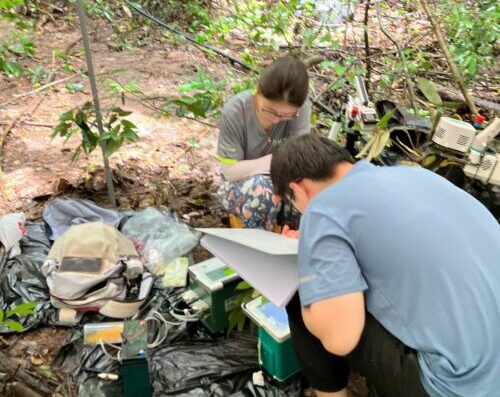
Figure 1. The Fieldwork team including members from LPICEA, Imperial College London’s Colin Prentice, SPECIAL group leader Sandy Harrison and Masters students from Fujian Normal University
SPECIAL group leader Sandy Harrison recently completed an intensive two-week field program in the picturesque landscapes of Shanghang, Longyan, Fujian, China. The trip was led by Wang Han’s interdisciplinary team LPICEA, as part of the LEMONTREE project. From June 17th to June 29th, 2024, the team including Sandy Harrison and Colin Prentice (Imperial College London), along with members of Professor Xiangying Ni’s group from Fujian Normal University, explored the diverse ecosystems of two instrumented sites in subtropical evergreen broad-leaved forest. The first site, at the hilltop, was characterized by dense, lush foliage. The second site, in the valley below, was wetter and more shaded. Comprehensive trait measurements on the tree and shrub species at both sites will allow characterization of both within-site functional diversity and differences (in elevation, light and moisture) between the traits measured at the two sites.
Measurements and Methodologies
The research aimed to capture a holistic picture of plant functional traits, spanning leaves, roots, hydraulic properties, and trunk/stem characteristics. Here’s a breakdown of the parameters studied:
Leaf Traits
- Morphological Traits: Leaf area, leaf mass per area (LMA), leaf dry mass content (LDMC), and other “soft” traits.
- Chemical Traits: Concentrations of Carbon (C%), Nitrogen (N%), and Phosphorus (P%).
- Isotope Composition: δ13C, providing insights into water-use efficiency and carbon assimilation pathways.
- Respiration Rates: Respiration in the light (Rlight,25) and dark (Rdark,25), measured at 25°C using the Kok method to distinguish them.
- Photosynthetic Capacity: Maximum carboxylation rate (Vcmax,25), derived from the light-saturated photosynthesis rate (Asat) via the one-point method.
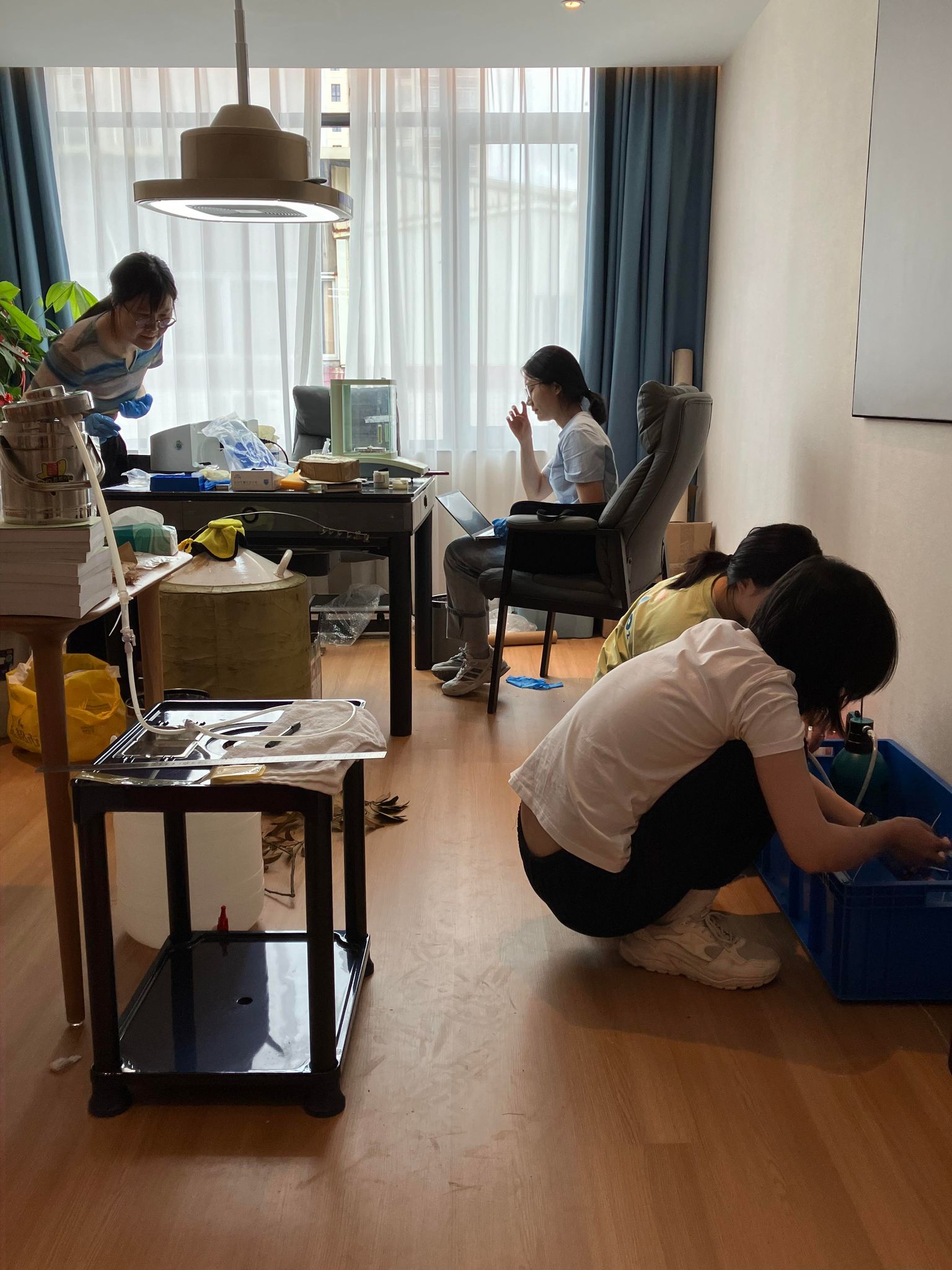
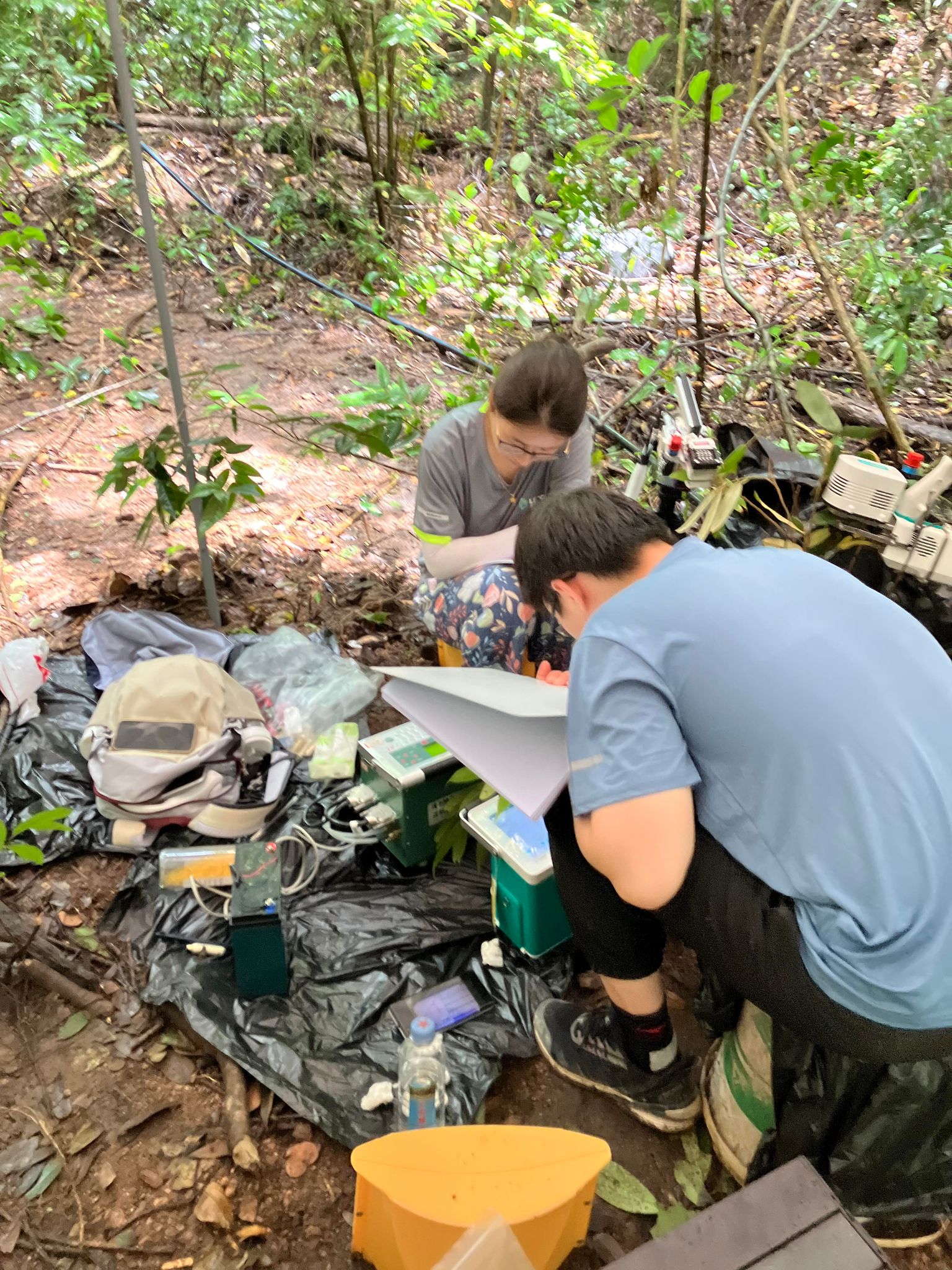
Figure 2. Indoor lab set up (left) and trait measurements in the field (right). Photos courtesy of Sandy Harrison.
Root Traits
- Morphological Traits: Root tissue density, specific root area (SRA), and specific root length (SRL).
- Chemical Traits: Concentrations of C%, N%, and P%.
- Respiration: Fine root respiration (Rr,25) measured at 25°C.
Hydraulic Traits
- Sapwood Specific Hydraulic Conductivity (Ks)
- Leaf Osmotic Potential at Turgor Loss Point (TLP)
- Huber Value (vH)
- Wood Density (WD)
- Branch Saturation Water Content (SWC_branch)
- Leaf Saturation Water Content (SWC_leaf)
Trunk/Stem Traits
- Morphological Traits: Bark soft traits, sapwood depth, and bark thickness.
- Respiration: Stem respiration rate (Rs25) measured at 25°C.
- Chemical Traits: Concentrations of C, N, and K in the bark and sapwood.
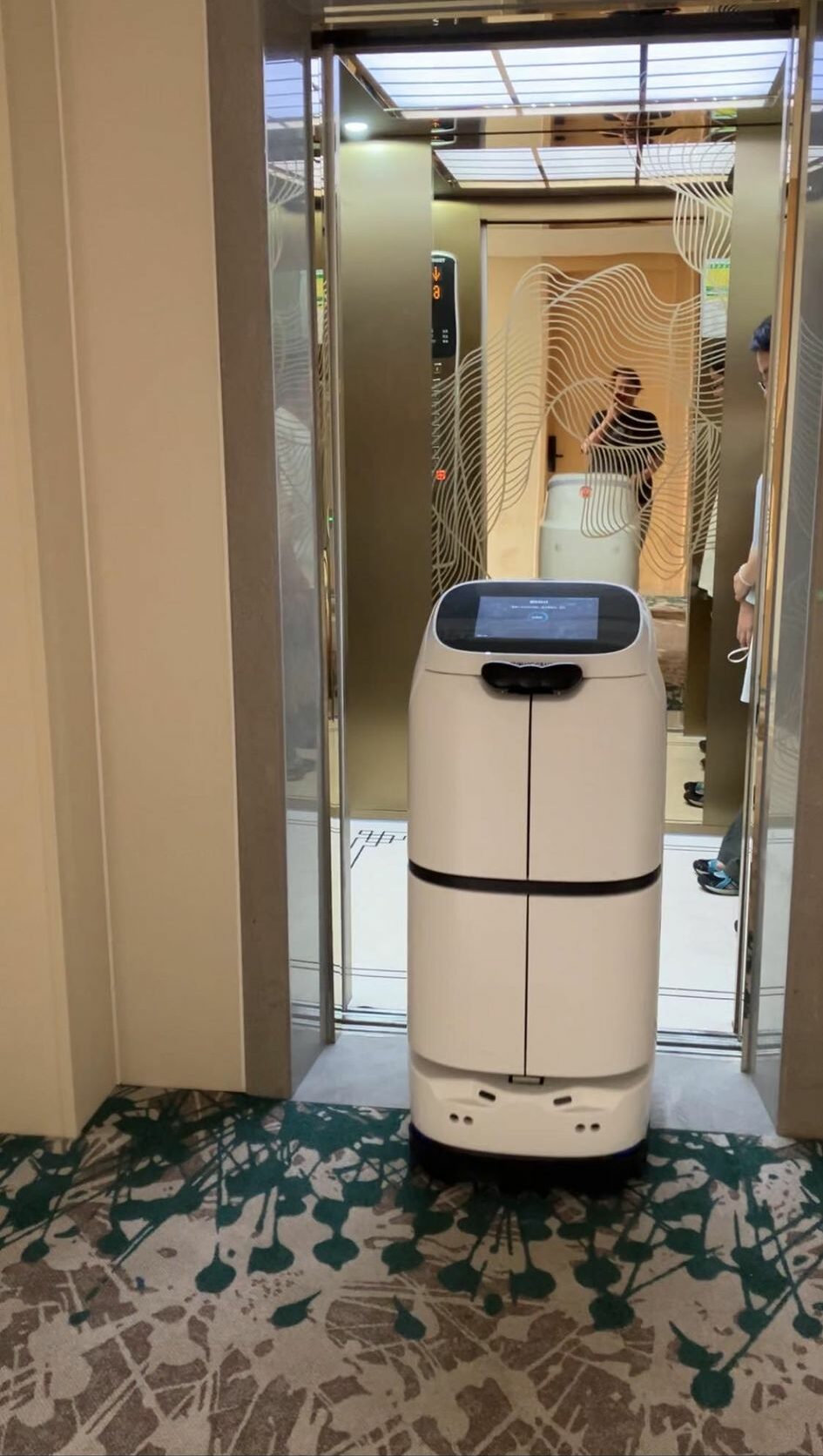
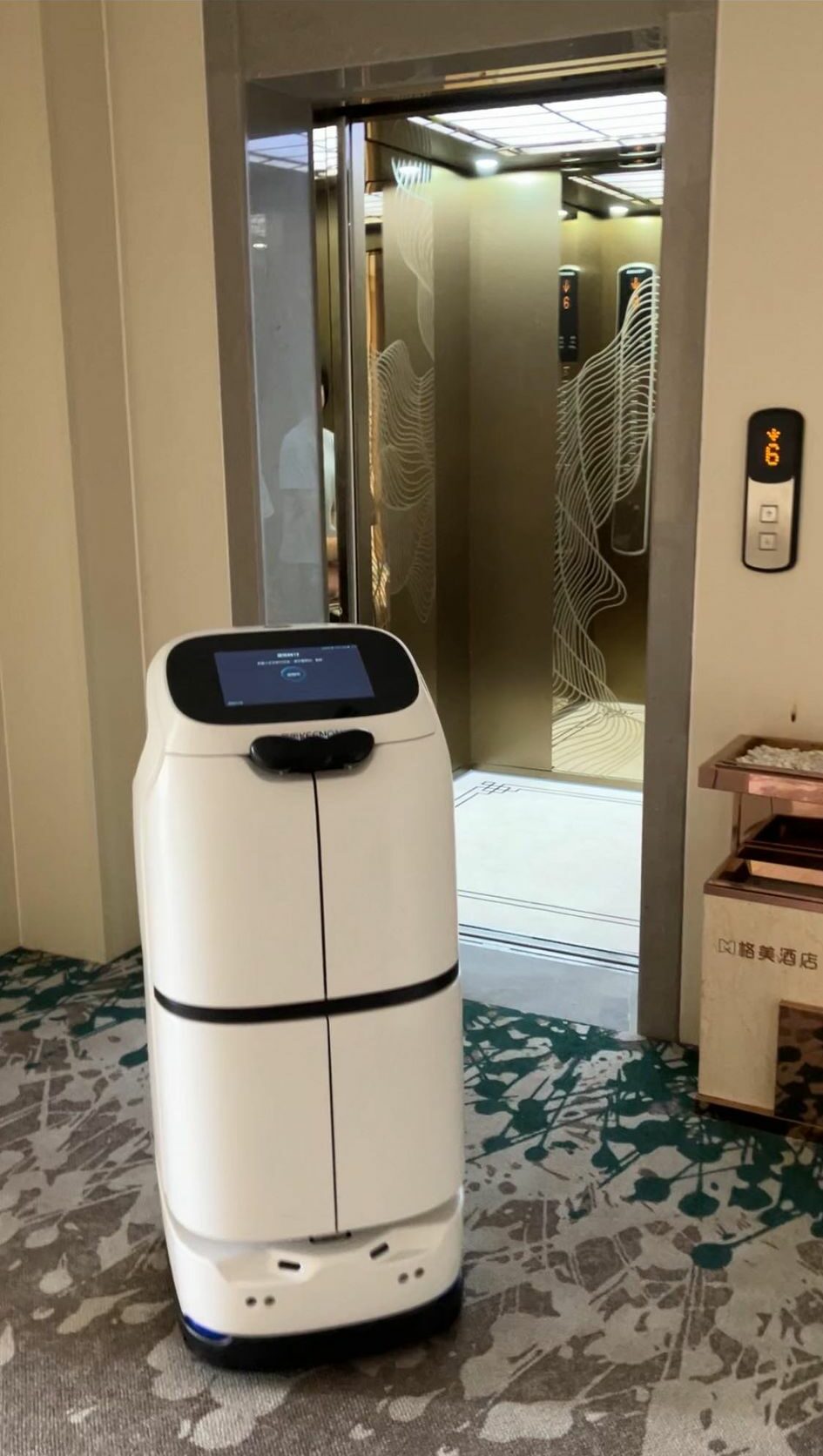
Figure 3. Delivery of important lab supplies. Pictured above is the very adorable robot that was used to deliver staples (of all things!) to Sandy in the indoor lab. Photos courtesy of Sandy Harrison.
Analysis and Implications
Laboratory analysis is now underway by the team in LPICEA. It is hoped that this study will contribute to our knowledge on plant adaptation and ecosystem functioning. For instance, the role of leaf area and LMA in light capture and energy use efficiency, or the nuances of chemical composition and isotopes in their role in nutrient cycling and water-use strategies in differing environments. Root morphological and chemical trait data will help provide a deeper understanding of below-ground biomass allocation and nutrient uptake strategies. Meanwhile, improved knowledge of hydraulic traits such as Ks and TLP will help improve our modelling of plant responses to water stress, a critical factor in the context of climate change. The examination of trunk and stem traits, including bark thickness and wood density, will enhance our understanding of structural integrity and carbon storage capacities of these forest systems.
The comprehensive dataset generated from this fieldwork promises to contribute significantly to our understanding of plant functional traits and their role in ecosystem processes. We look forward to sharing the results from this work over the coming months.
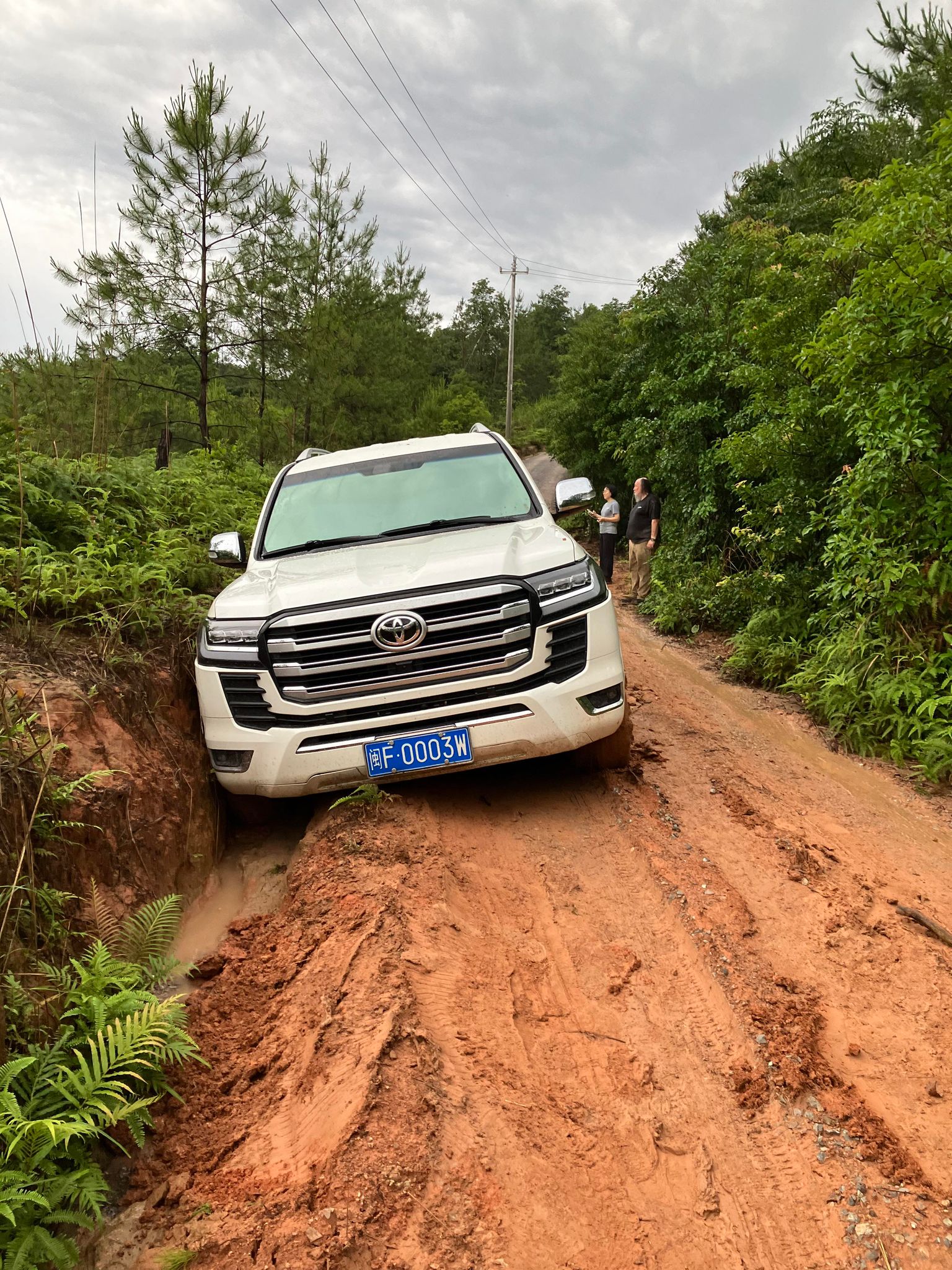

Figure 4. The fieldwork experience! A bogged car (left) caused some delays in accessing the field sites. Colin in the field (right). Photos courtesy of Sandy Harrison.
A very eventful fieldwork campaign produced a number of memorable experiences for the team. The delivery of lab supplies via robot (figure 3) was a novel experience whilst the car getting bogged in the clay mud (figure 4) certainly slowed down field site access. Overall, it was a trip to remember!

